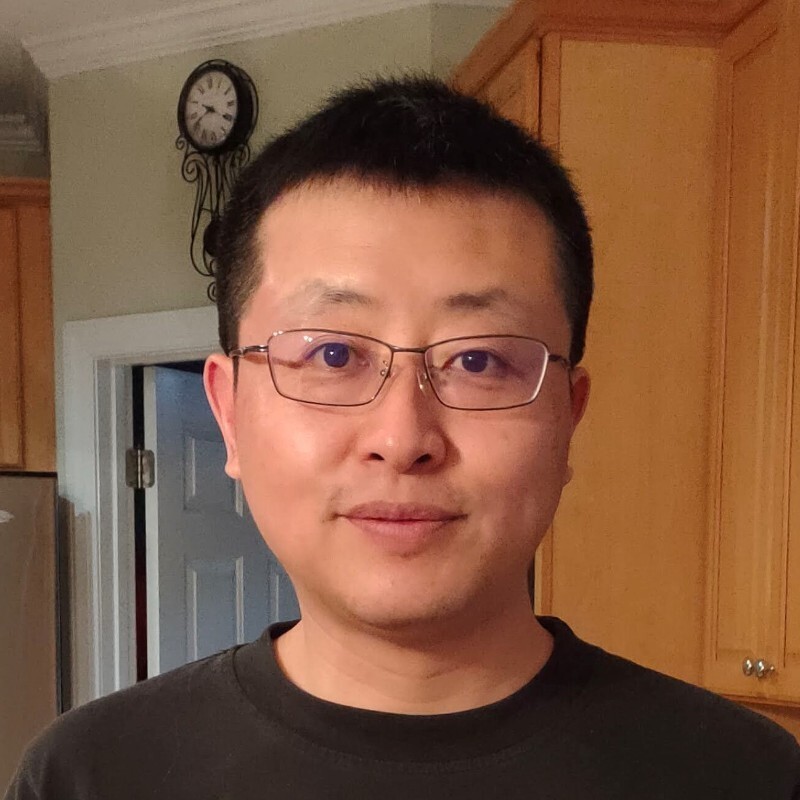
VENKATESH VENKATARAMAN – Director, Quality Engineering, Oracle
CONTINUOUS TESTING FRAMEWORK FOR CLOUD-NATIVE APPLICATIONS
Testing Cloud Native applications require a paradigm shift in both tools as well as the mindset of the traditional QA approach. Quality Assurance teams are stressed to achieve automated coverage with aggressive timelines. Defining a robust continuous test framework with accelerated automation mitigates the above risks and unlocks the power of continuous testing during the development & deployment lifecycle.

ANDREW KNIGHT – Principal Architect, Cycle Labs
MANAGING THE TEST DATA NIGHTMARE
Good data for testing can be a nightmare to manage. Sometimes, teams don’t have much control over the data in their systems under test—it’s just dropped in, and it can change arbitrarily. Other times, teams need to build their own data sets, either before testing or during testing. Inaccurate data can leave test gaps. Incorrect or stale data can break tests. Large data can consume too much time. Ugh!
In this talk, we’ll cover strategies for defeating many types of test data nightmares:
- Recognizing the difference between product data and test case data
- Deciding when to prepare data statically beforehand or dynamically during testing
- Using data to control how tests run or reflect product state
- Hard-coding values versus discovering data in the system
- Avoiding collisions on shared data
The strategies we cover can be applied to any project in any language. After this talk, you will wake up from the nightmare and handle test data cleanly and efficiently like a pro!

TONY RICE – Development Security Operations Architect, Cisco
AUTOMATING CRITICAL OPERATIONS TASKS USING TESTING TECHNIQUES
When faced with a complex migration to a new SSO provider that included moving to a new Active Directory server and a lot of “oh yeah, while you’re at it, we should….” cleanup and other lifecycle requests, Cisco’s Government Technology Services team brought the process which would have taken weeks to plan and execute down to days by leveraging unit and functional testing techniques used everyday in software development to make sure it was done right.

PAUL KANARIS – Lead Global QA Competency Center, Jaggaer
SHIFT LEFT MOVING FROM QUALITY ASSURANCE TO QUALITY ASSISTANCE IN BUILDING QUALITY INTO ALL PHASES OF DEVELOPMENT, A PARADIGM SHIFT.
In today’s modern world, software and big data analytics are everywhere and every company is working as fast as possible to meet the evolving needs of users. With speed comes the challenge of delivering quality in the time provided, unfortunately, we still find today that most development projects are struggling at their best and in many cases failing to deliver. The estimated cost of poor-quality software in the US is over $2 Trillion per year with technical debt alone estimated at more than $1.5 Trillion (CISQ The Cost of Poor Software Quality in the US: A 2022 Report).
In this session, we will cover how JAGGAER has started the journey in implementing a transformational change in how they develop software. The result is a paradigm shift from how they have worked for years and decades and in many cases, modifications left while shifting away from how many organizations develop software.
In this session, he will present his experiences in these areas:
- The challenges and pitfalls that brought about the change.
- Development of processes for the right reason and what ones are in progress.
- How our workgroups help us develop and implement the change.
- Applying best-in-practice approaches, methodologies, guidelines, and standards.
- Working together across the organization and managing the change.
- Implementing quality in every phase of development.
- Selecting and implementing tools and solutions.
- Establishment of the Quality Assistance Competency Center and its impact.

MONICA TAMBOLI – Advisory Software Engineer, IBM
THE INTEGRATION OF GITOPS IN TEST AUTOMATION: BENEFITS AND CHALLENGE
Automation and especially test automation is vital to the success of any software development team to ensure repeatability, stability, consistency, and ensuring the utmost quality of software products. GitOps is on the rise as an Infrastructure-as-Code approach for driving operations based on manifests stored in a Git repository. Can we pair the two together and push the boundary of test automation? What are the benefits and challenges of this approach?
Our experience with integrating GitOps with ArgoCD for test artifact deployment has been transformative. We saw test setup times reduce significantly, moving from durations spanning days to just hours or minutes. This efficiency stems from our automation strategies. We’ve automated the installation of various operators, deployment of test applications, setup of their essential prerequisites like DB2 and MongoDB, and integration of stress tools such as JMeter using standardized containers. We hope you will be able to extract actionable insights and best practices from our journey.

SU SAI – Senior Site Reliability Engineer, ShareFile
TEST AUTOMATION AND DEVOPS PIPELINE
In this talk Su Sai will discuss
- Is coding expertise necessary for software QA testing?
- Is a dedicated QA team essential for every company?
- Tailoring your QA strategy to your product and team is key. This informs whether you need manual QA testers, SDETs, or SDEs.
- Implementing a new automation pipeline and encouraging team adoption is a challenge. Think big, act small, and remember that success lies in the details.
Additionally, he will share two projects:
- Codeless API Automation using Postman: Effortlessly create and modify API requests in Postman’s user-friendly interface and execute tests instantly. Jenkins pipelines can automate Postman tests via Newman, significantly expanding API test coverage without coding. Facilitate collaboration between developers and QA by sharing API definitions through Postman. He will discuss his real-world experience with this framework.
- Test Server Management: Efficiently manage test servers to balance cost and productivity. Timely termination avoids unnecessary cloud costs while ensuring developers can reproduce issues when needed.

EVGENY TKACHENKO – Head of Quality Engineering, One Medical
TRANSFORMATIONAL MANAGEMENT: CONQUERING THE THREE ENEMIES
Everyone is talking about shift left and some people are talking about shift right. But no one is talking about how hard it is to make these important organizational changes a success without causing damage to organization culture and morale. I have led dozens of organizational changes over my career and would like to share my expertise with everyone.
Let’s meet and chat about what is necessary to build a strong QE organization and what metrics to track to make sure you are on the right track.

SHAILAJA PATEL – Principal Automation Engineer, IBM
COMPREHENSIVE API TESTING ECOSYSTEM
Maintaining API test cases across multiple environments, for different load levels, and types of tests (e.g. smoke, functional, regression) traditionally required separate tests to be written and maintained. Test maintenance is expensive. If you have three lower environments that tests are run for, then you usually have at least three different tests you are trying to keep in sync. If you have a new API added for a microservice, then you have to modify and validate across all three tests at a minimum. If you are running different load levels for build tests versus load tests, for example, that could add additional tests that need to be maintained.
A method of using one API test and modifying it at run time to support multiple environments, types of tests, and load levels and it can run it in an IBM Cloud container as a microservice.
We have developed a method of using one API test and modifying it at run time to support multiple environments, types of tests, and load levels and we can run it in an IBM Cloud container as a microservice.